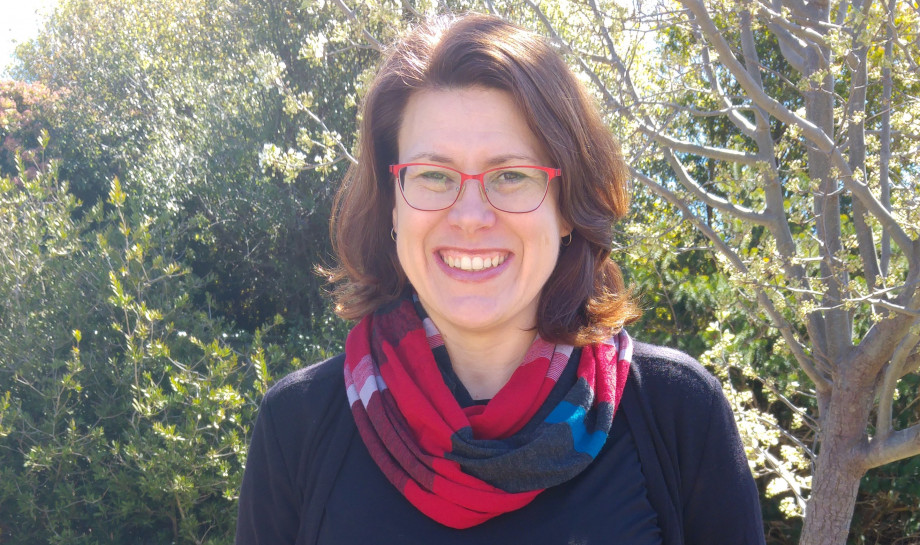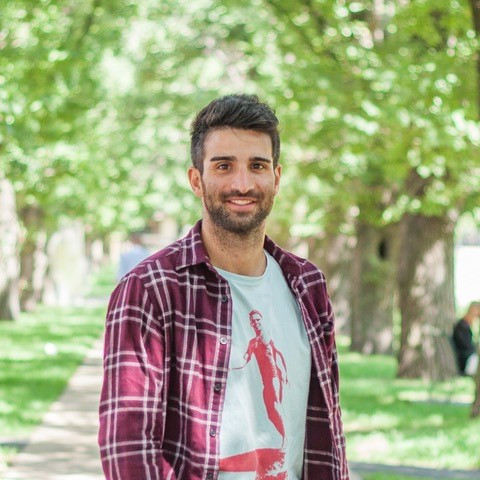NCI Australia is supporting the Australian and international research community undertaking COVID-19 research through the provision of streamlined, prioritised and expedited access to computation and data resources.
NCI’s Director Professor Sean Smith said that NCI will support three projects with a total allocations of more than 40 Million Service Units on the Gadi supercomputer. The grant recipients are:
- Associate Professor Michael Inouye and Dr Sergio Ruiz Carmona: Baker Heart and Diabetes Institute
- Professor Alan Mark, Dr Martin Stroet and Ms Shelley Barfoot: University of Queensland
- Associate Professor Megan O’Mara, Dr Katie Wilson and Dr Stephen Fairweather: The Australian National University
“The Australasian Leadership Computing Grants represent a peak merit award for high-performance computing at a scale that is unprecedented within the Australian context, made possible by the Federal Government NCRIS funding for the new peak Gadi facility recently commissioned at NCI,” Professor Smith said.
“We look forward to working with Australian researchers to deliver this prestigious grant and trust that their projects will ultimately contribute substantially to the global scientific effort addressing the COVID-19 pandemic.”
Professor O’Mara from The Australian National University will use computer simulations to understand the first step of infection.
“We will computationally screen drugs that bind to the receptor complex and can thus prevent the changes necessary for virus binding. Our goal is to identify drugs that can stop the virus from infecting human cells,” said O’Mara.
“This allocation from NCI is absolutely essential for our research: the receptor complex is so large and intricate that NCI’s new Gadi supercomputer is the only supercomputer in the Southern Hemisphere powerful enough to do these simulations.”
Associate Professor Inouye and Dr Ruiz Carmona from the Baker Heart and Diabetes Institute say that NCI resources, and the hybrid configuration of Gadi Supercomputer, combining GPUs and CPUs, will allow them to pursue an ambitious research program that would otherwise be very difficult to achieve with their current computational power.
“COVID-19 and its causative agent, SARS-CoV-2, are likely to plague humanity for many years to come. Using the NCI high-performance computing resources, we will computationally investigate the interactions between human and SARS-CoV-2 proteins at the structural level. We hope these insights will inform not just the biology and potential therapeutics for the infection, but also understand the mounting evidence that COVID-19 has molecular links with cardiovascular disease,” says Associate Professor Inouye.
Professor Mark and colleagues from the University of Queensland will use the NCI supercomputer to determine whether proposed vaccine constructs will be effective.
“To achieve global impact in drug design requires access to world-class data and facilities. While few research groups can be offered such privileged access to the national machines, the data we generate will be made freely available so as to support researchers in Australia and across the globe,” said Professor Mark.
--------
October 2020: NCI is supporting an additional COVID-19 research project with a special allocation for 2020-2021.
- Professor Marc Wilkins: Ramaciotti Center for Genomics, University of New South Wales
Research overview:
Associate Professor Megan O’Mara
Dr Katie Wilson
Dr Stephen Fairweather
The Australian National University

Using large-scale molecular dynamics for rational drug design
This research uses simulations of the around 800,000 atoms that make up a key receptor of the human body to understand exactly how the coronavirus uses it to invade human cells. It is only with high-resolution modelling that accurately replicates the true behaviours of these receptors that we can figure out where vulnerabilities in the virus’ binding process are. Targeting the interaction between the human receptors and the coronavirus binding protein might well be a useful direction for drug design. This project will produce world-first vital information about regions of the receptors that could be potential vaccine or drug targets. Using 48 processors running for 19 days for each of 64 molecular simulations, this research will spend around 13 million hours of computing time in the coming months. This amount of high-performance computing is only available on NCI’s new Gadi supercomputer.
Associate Professor Michael Inouye
Dr Sergio Ruiz Carmona
Baker Heart and Diabetes Institute
Structure-based drug discovery
This project aims to model existing or novel drugs, along with drug binding sites, that could be used in treating COVID-19. As a first step, more than 7 million existing drug compounds from a global repository will be modelled to find ones that may inhibit a key step in the virus replication process. The researchers will focus in on likely candidates through a sequence of molecular dynamics simulations. Expanding further to include more proteins involved in the virus binding process, the researchers will also analyse the complex interactions between the virus and human proteins. Identifying key interactions involved in the virus binding process will help to define the kind of drug that could be used in treating it. Over the rest of 2020 and into 2021, the researchers plan to spend around 12 million hours of computing time conducting their simulations.


Dr Sergio Ruiz Carmona
Professor Alan E. Mark
Dr Martin Stroet
Ms Shelley Barfoot
University of Queensland
Targeting structural transitions in the COVID fusion protein
By modelling key structural changes in the protein that enables a coronavirus to enter and infect a human cell, this research project aims to throw light on a critical target for both vaccine development and the discovery of antiviral agents. In particular, working with researchers from one of three centres worldwide charged with rapid vaccine development by the World Health Organisation, the aim is to understand how potential vaccine constructs that incorporate the coronavirus fusion protein can be optimised. Professor Mark and his team will also use the national supercomputer facilities to assist in the global effort to identify existing drugs that could be repurposed to treat COVID-19. The Automated Topology Builder (atb.uq.edu.au), a globally recognised molecular modelling tool developed at The university of Queensland, will be used to develop high quality atomic interaction parameters for all pharmaceutically active compounds that have passed phase 2 clinical trials (efficacy and safety). These will be made freely accessible to researchers at universities and public research institutes worldwide. High quality atomic interaction parameters are needed by researchers trying to identify which currently available drugs might be effective in treating COVID-19 disease. Expanding the number of molecules for which high quality parameters are publicly available will also have long-term benefits in structural biology, computational drug design, materials science and more.
Professor Marc Wilkins
Professor William Rawlinson
Dr Ki Wook Kim
Professor Maria Craig
Dr Ignatius Pang
Characterising co-infecting respiratory viruses in COVID-19 patients
This project aims to systematically analyse leftover de-identified respiratory specimens from confirmed cases of COVID-19 to test for the presence of other respiratory viruses that they may also have been infected with. Determining the range and prevalence of co-infecting viruses will help researchers assess the potential impacts of those co-infections on COVID-19 patients, and whether testing for other viruses is warranted as part of routine COVID-19 diagnostics. The research team from the UNSW Ramaciotti Center for Genomics will use 200,000 hours of computing time on the Gadi supercomputer to identify viral sequences contained in up to 94 samples, matched against a comprehensive reference sequence database of all known viruses. The knowledge gained from this pilot may inform decision making around improved COVID-19 testing and diagnosis of co-infections.